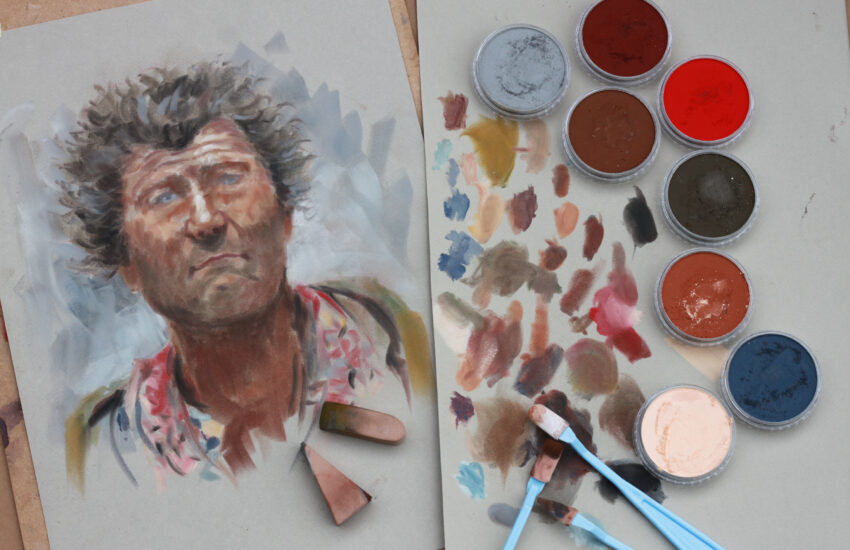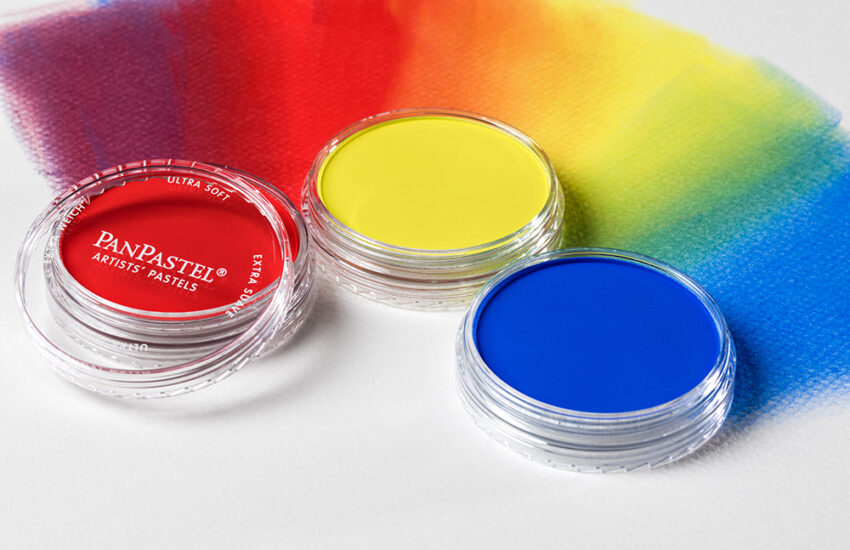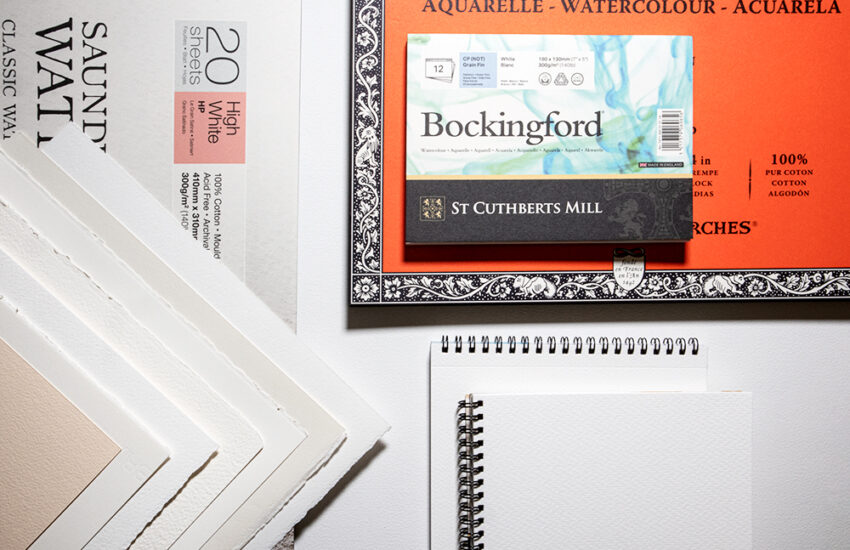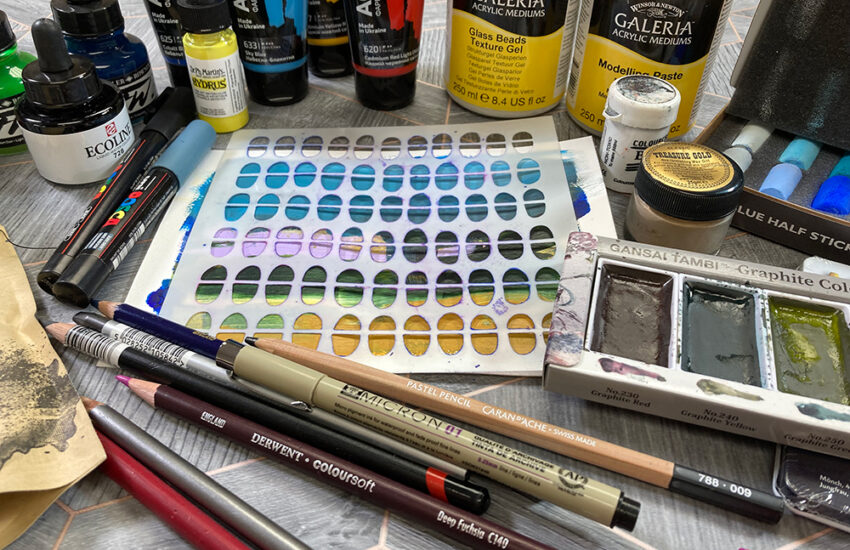How To Use Soft Pastels
I am a full time multi-media artist living in the North West of England. I am sharing with you my approach to pastel painting and pastels. This won’t be the purists’ way of working with pastels but it will explain how I use them and the number of ways I find them useful in my practice
My approach to using pastels
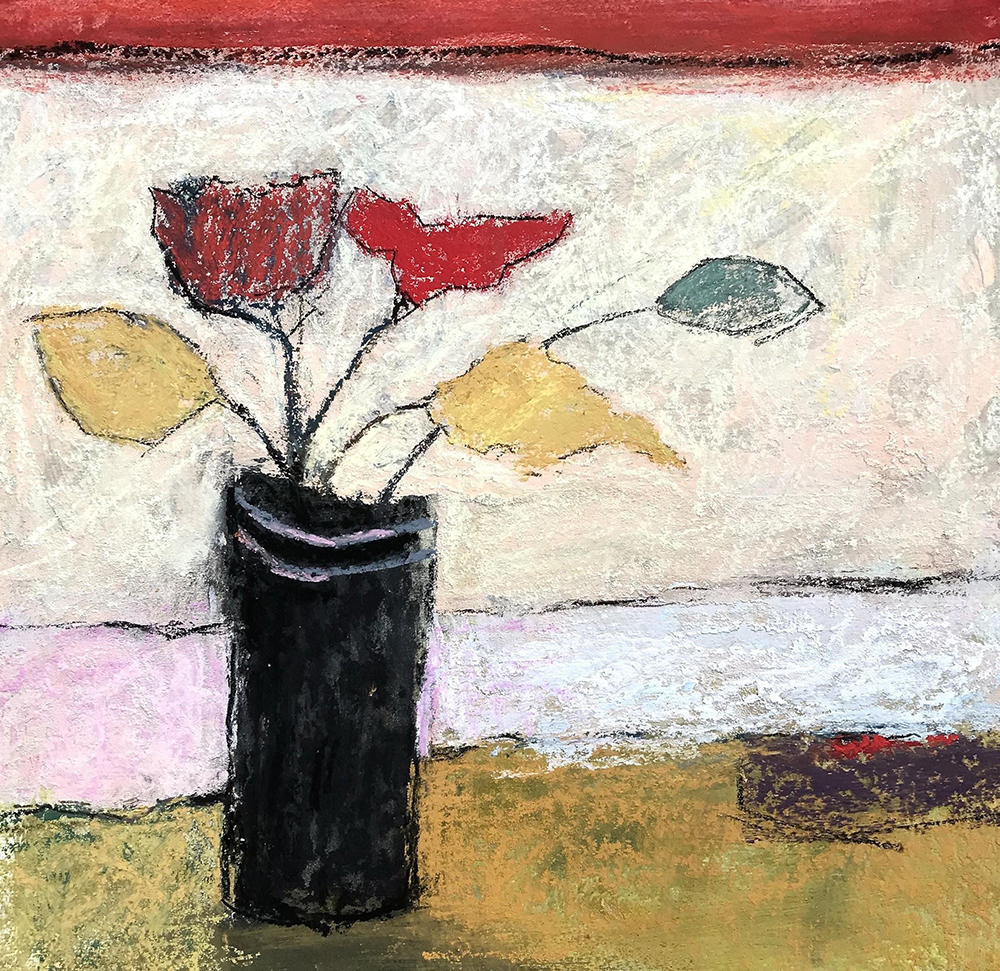
Fundamentally I’m an abstract painter and when I start to paint I seldom know what I plan to do. I never know which way the work will progress but I like the freedom of this approach. I use it with my pastel paintings and also my mixed media work, which usually also contain pastel in some form or another.
Reproducing a likeness is not something I concern myself when painting but in capturing the essential characteristics of a subject. My methodology is one of constant change until the tensions of the composition feel right. Energy and a sense of freedom is what I’m looking for, allowing the spontaneity of the marks to be interesting in their own right.
Pastels attract me because of their immediacy and, of course, their colours and vibrancy. Opening a new box of pastels is like opening a beautiful box of sweets. I use mainly Schmincke, Rembrandt and Unison soft pastels with a liberal amount of charcoal included.
Select the right format for your subject
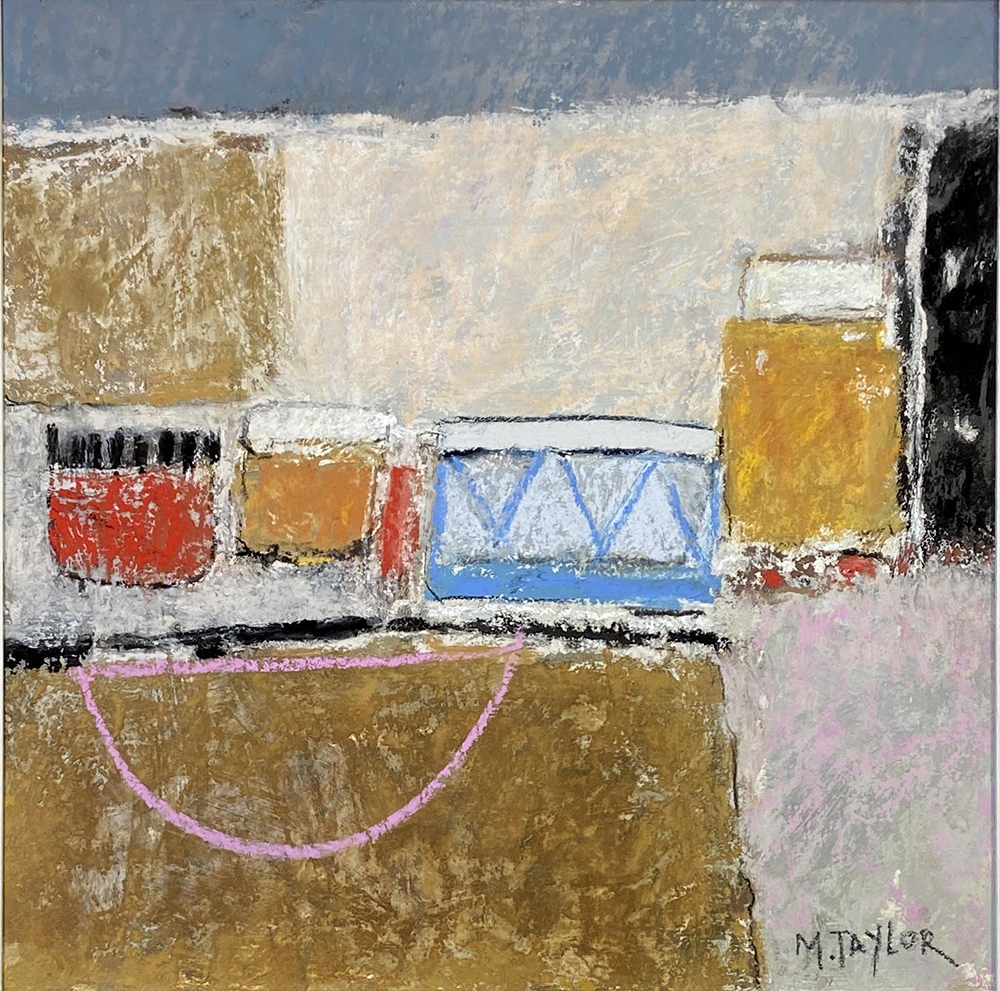
I find the square to be a very stable format, particularly as I don’t usually set out to paint a traditional landscape. When painting on a rectangular support the painting will always lean towards being a landscape or a floral study, which is not usually what I’m looking for.
Prepare your surface
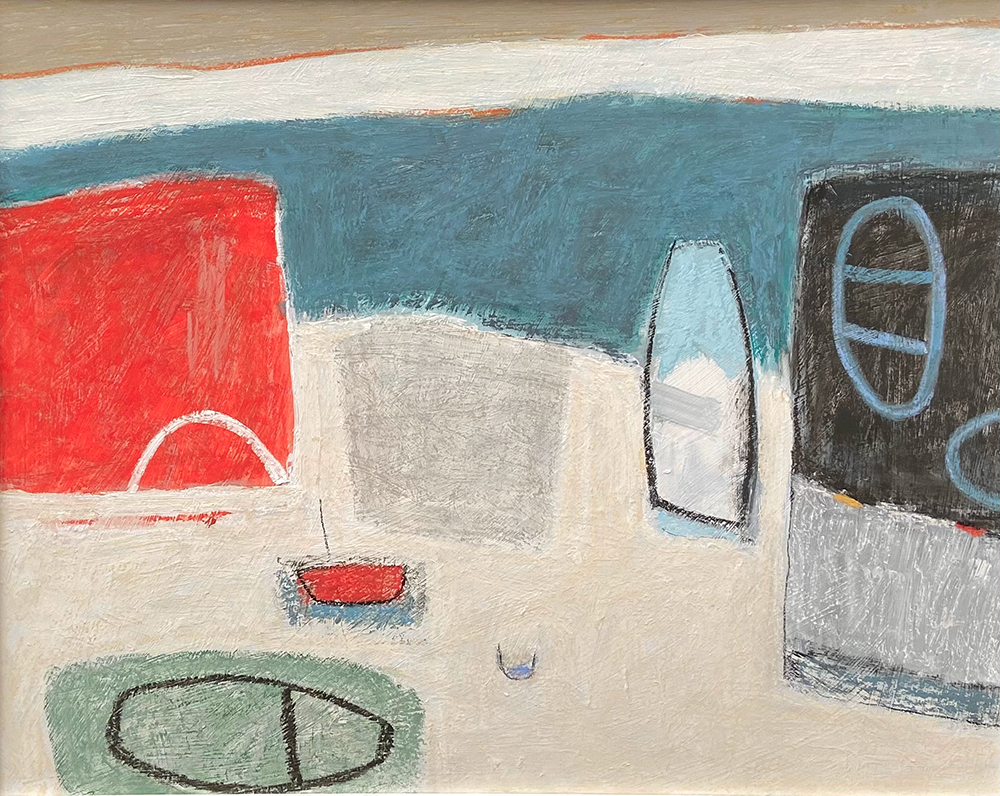
I prefer to work on a rigid support such as MDF but I do sometimes work on pastel paper.
My first step is to roughen the surface of the board with sandpaper and apply a coat of acrylic primer to it. Then, before it dries, I scatter a little pumice powder over it and rub it in to give some “tooth”.
I’ve used this surface preparation for years. I feel that it’s much more robust than pastel paper but it can certainly devour soft pastels – however the surface doesn’t get clogged as easily and I like the roughened effect. However, I discovered long ago that this technique can make a mess of your hands, so do wear disposable gloves.
If you prefer the convenience of a ready to go surface both Sennelier La Carte Pastel card & Canson Mi-Teintes Touch paper are good alternatives and will give you a similar surface to my handmade version.
Use sketchbooks as a source of ideas
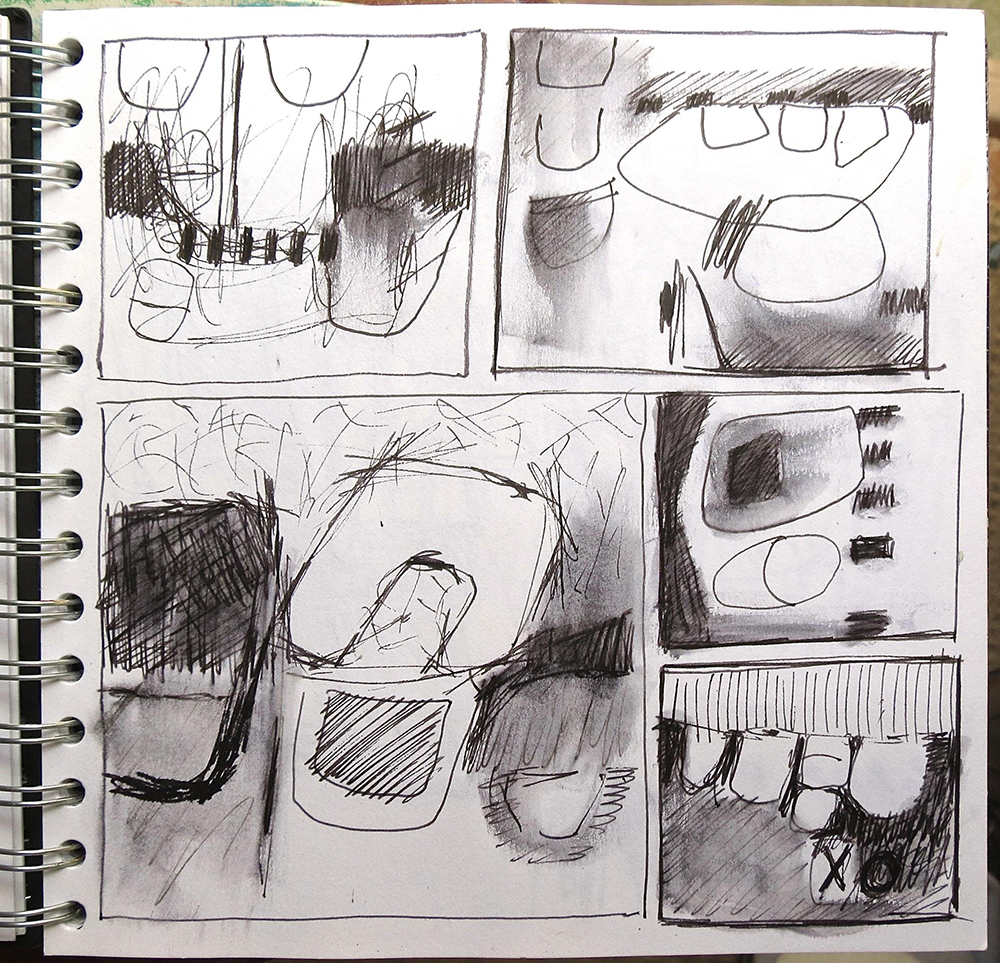
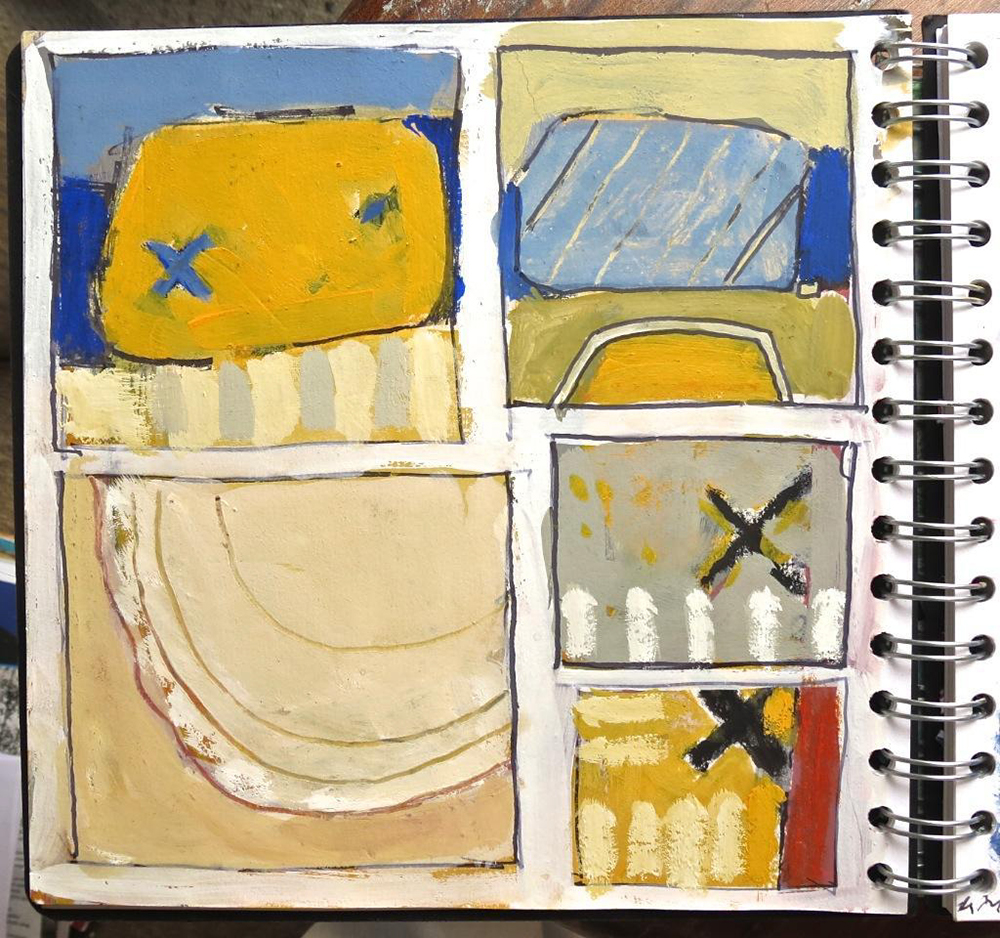
My sketchbooks are a source of ideas that may trigger a pastel painting.
When starting to paint I begin with a few loose scribbles and see where I’m heading, I’ve discovered that this suits my style. However, as a catalyst, I also do lots of thumbnail sketches, just doodles in a sketchbook to give me ideas.
Blocking Colour
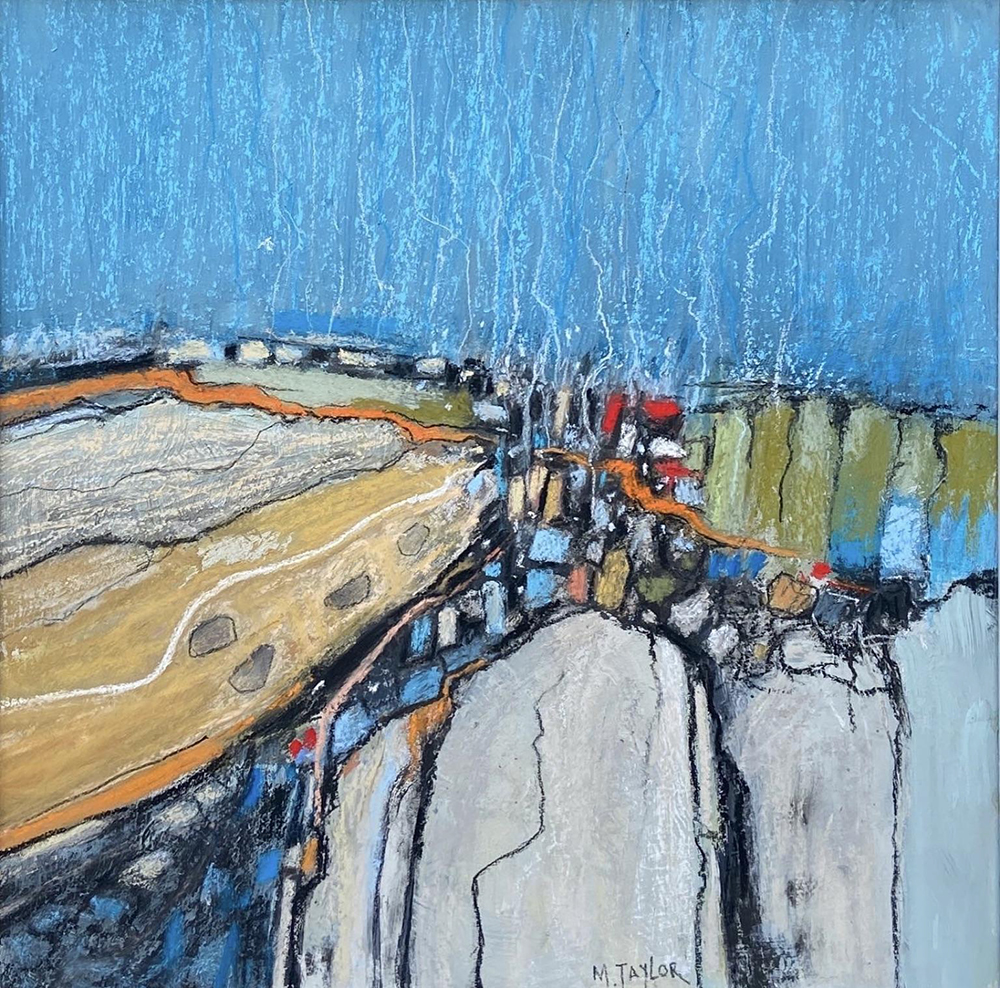
At the outset I block colour in loosely with the pastels and brush it and scrub it around with water to give the surface some tone. I then let it dry thoroughly before proceeding. People ask me if I’ve used acrylic underneath. But it’s all pure pastel, it just has a different feel and finish to it. I’m more into painterly paintings than drawing paintings. Working in mixed media gives me the freedom to break the rules and avoid the dogma of the purists.
My favourite pastel painting
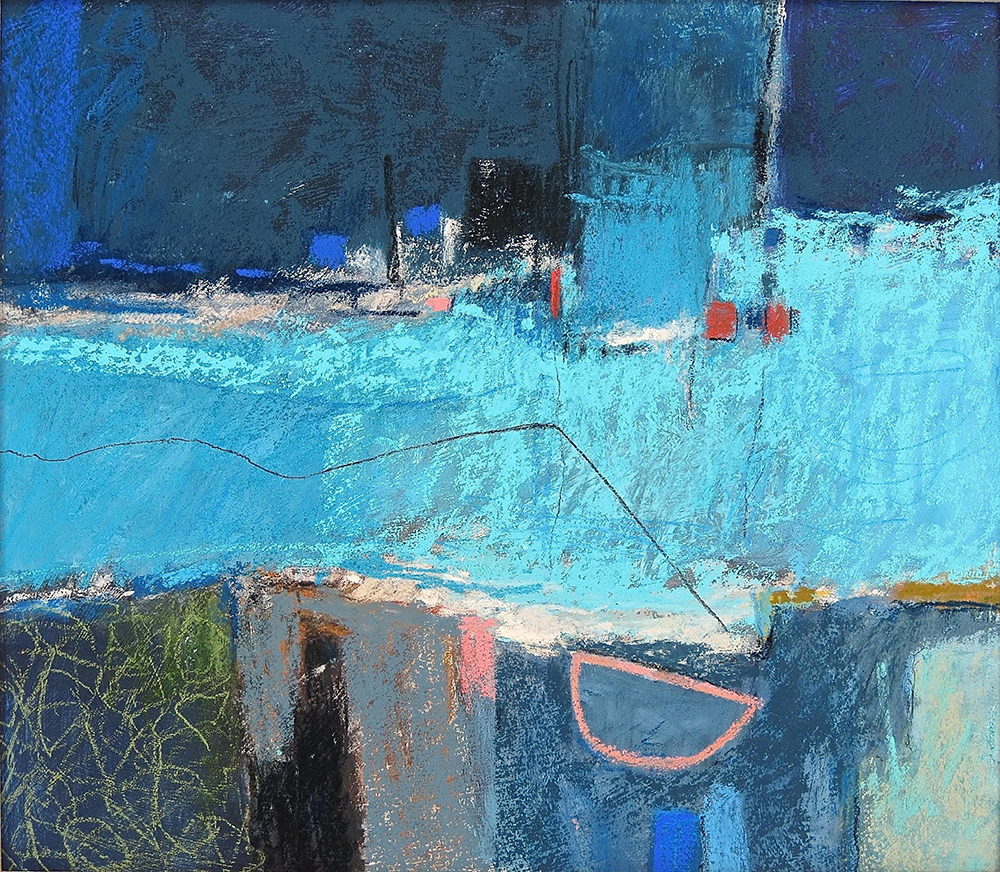
This one came about because I was a prize winner at the Pastel Society’s annual exhibition and I won a box of Schmincke pastels. Such vibrant colours! So I determined that whatever I was going to paint with them must be rich and colourful.
The order that the colours were put down is a bit of a mystery now! Although I’m almost certain that I put a dusting of mid-blue pastel down first and spread this with a wet brush, covering the whole surface. I then then worked into it with lighter and darker tones. All of the final work was then painted with dry pastels.


